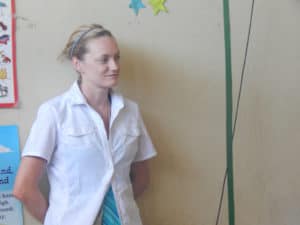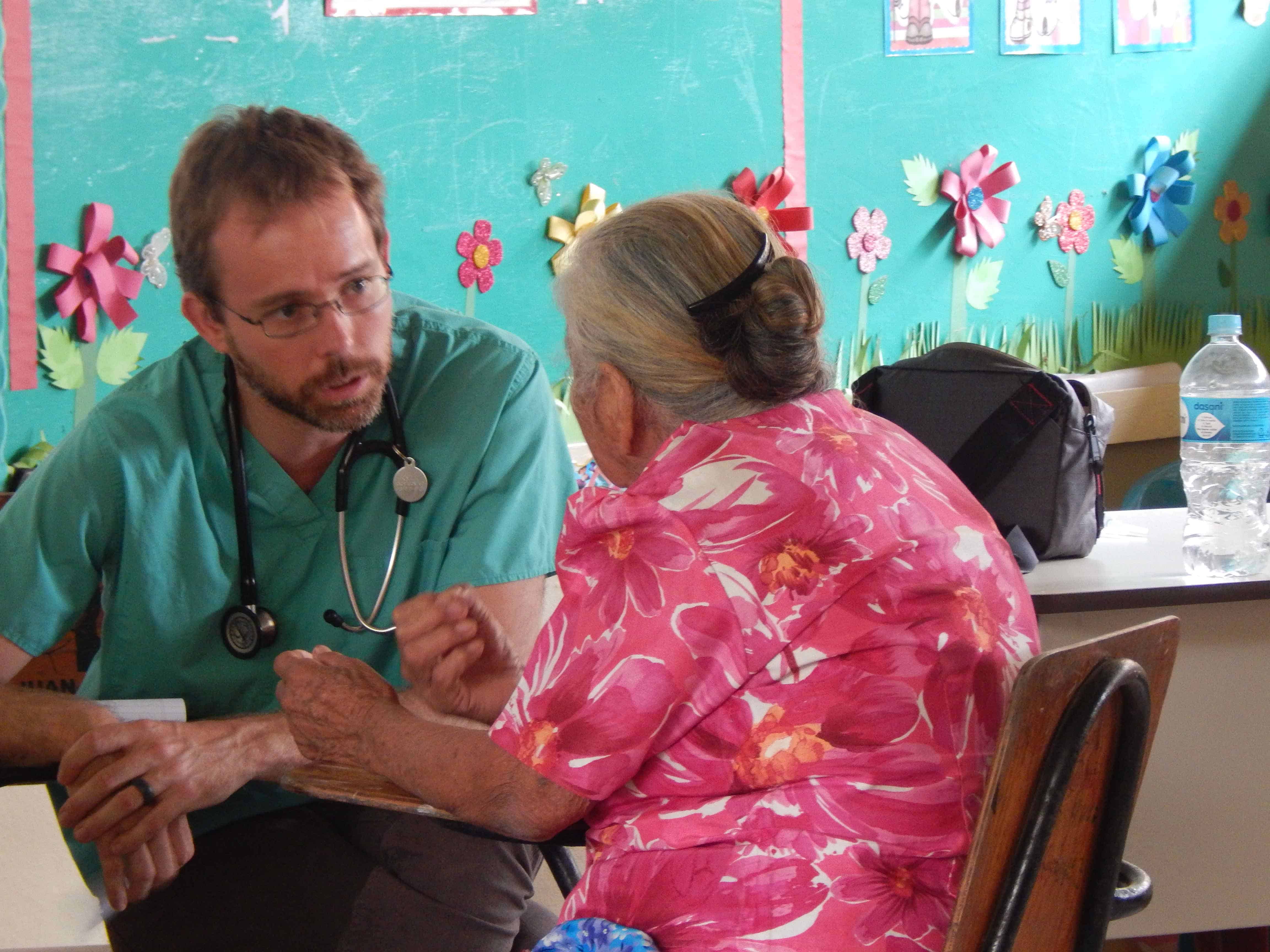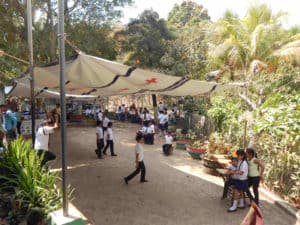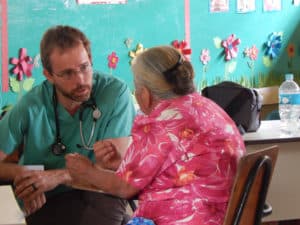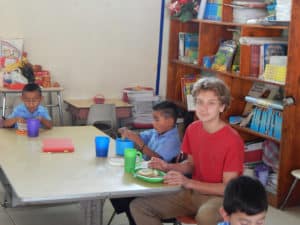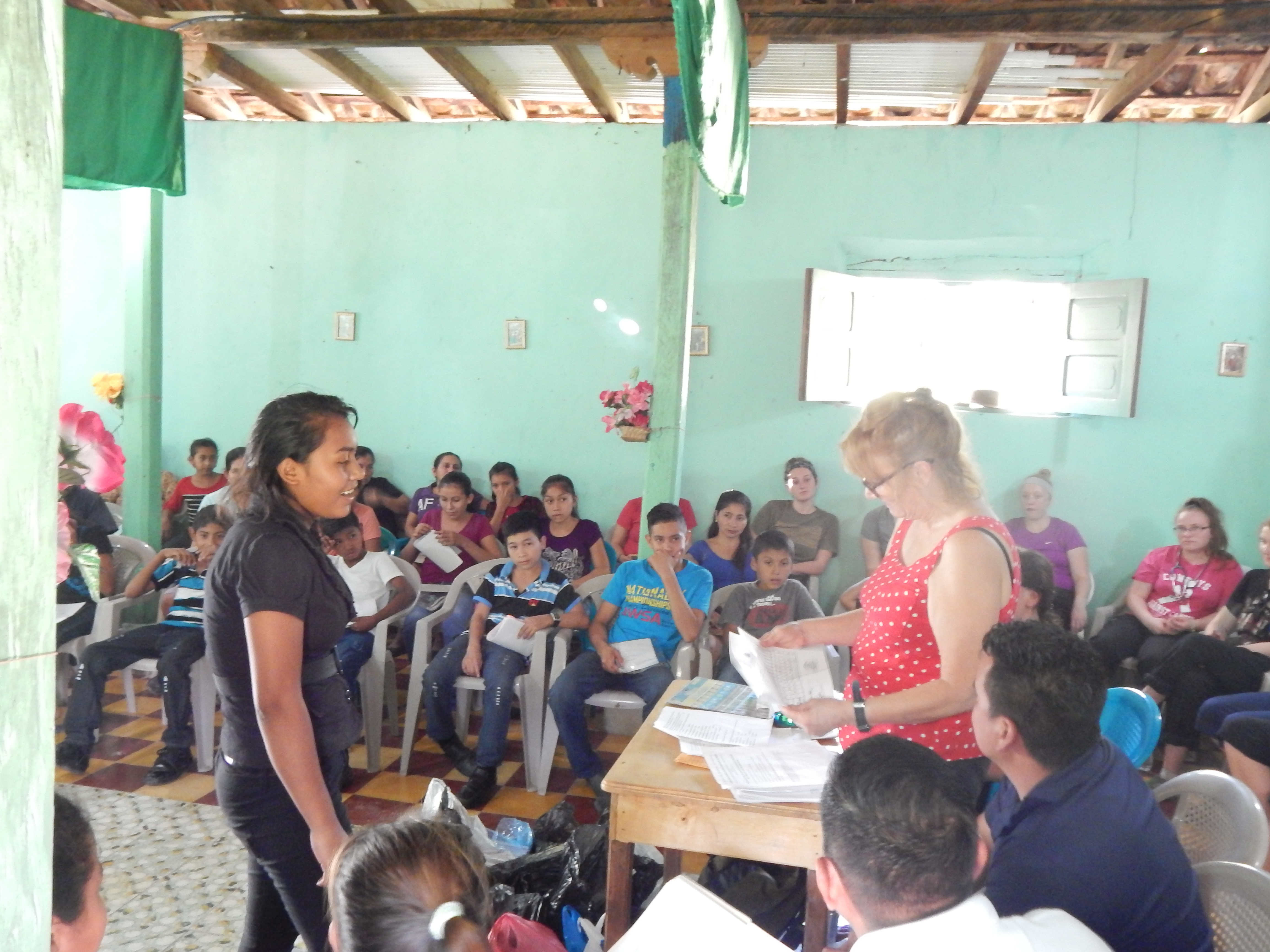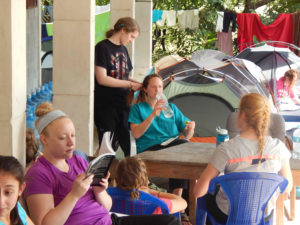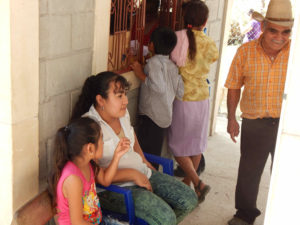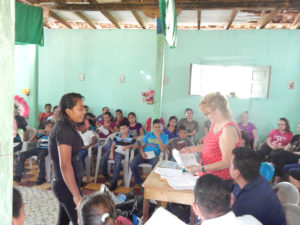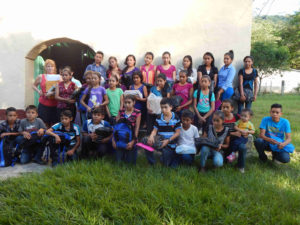Laura and I always try to be as present as possible to the medical service trip groups that visit us. They are the backbone of this organization, embodying an ethos of compassionate and just service to those in the most desperate need. Unfortunately, this isn’t always possible as other demands can draw us away. It has been a hectic couple of months for Laura and I. We have two social work intern students with us, and volunteers coming and going. The education mission is advancing. Duke University and Project HEAL has five students with us for five weeks holding investigations into some pressing social issues for Camasca and Southern Intibucá. But the real kicker was spending two weeks in Washington, DC and Ohio with seven high school students and two professors for the FIRST Global robotics competition. In the midst of this, Brown / Wingate came to Guachipilincito.
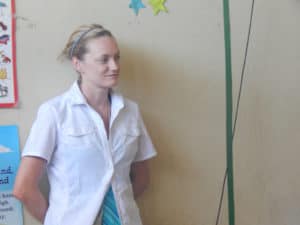
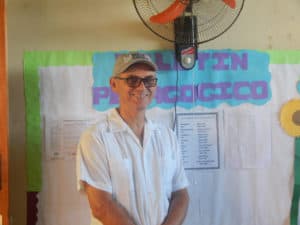
It was a very small brigade, seven, unpretentious if you will. The competent and veteran leadership of Dr. Wayne Hale and Shawn Taylor, a Doctor of Pharmacy from Wingate, led the small group. One pharmacy student, My Linh Tran, and one dentist, Herbert Vu, filled out the small team. David and Jack, two undergraduate students, also joined up with the brigade team. Both of them stayed on in Honduras for an additional week; Jack coming to Camasca and David staying in Guachipilincito. Joseph Swartz, a construction expert, who had come with the group last year, repaired and renewed the plumbing system at the clinic.
I was so happy to meet up with the group. If not for them deciding to visit us at the bilingual school we would have missed them entirely. According to Dr. Hale, with just one provider they still managed to see about thirty patients a day. Brown is so familiar with their community that whether they are a small group or a large one, they serve the people with ease and familiarity. They do what they do so well and have built lasting and meaningful relationships with the community.
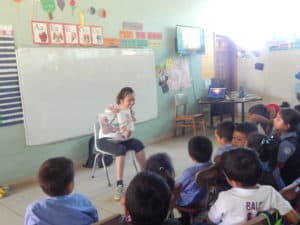
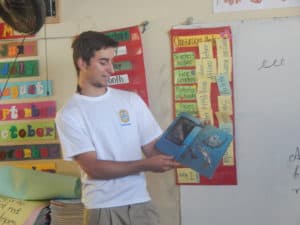
We had the good fortune to show off the bilingual school. Judging from their smiles as they presented themselves in the classrooms, they enjoyed their time with us. They also saw Camasca and our house. It was such a pleasure to host them. Laura and I play such a small part in the incredible service Brown / Wingate offers. We are really nothing more than facilitators. But with each team that comes here, and especially Brown / Wingate, it is so nice to have the opportunity to extend our gratitude. We do this on behalf of Shoulder to Shoulder, but as importantly on behalf of the people they serve so faithfully. We were honored to have had the opportunity to host them.
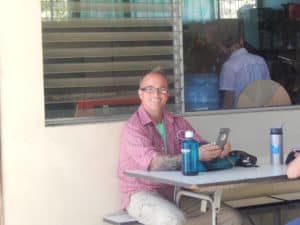
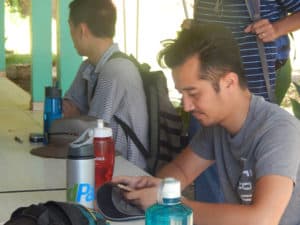
Thank you Brown / Wingate for visiting us. We most certainly appreciate the steady, humble service you offer without a demand for recognition. Come back and visit us anytime. Our door is always open.


